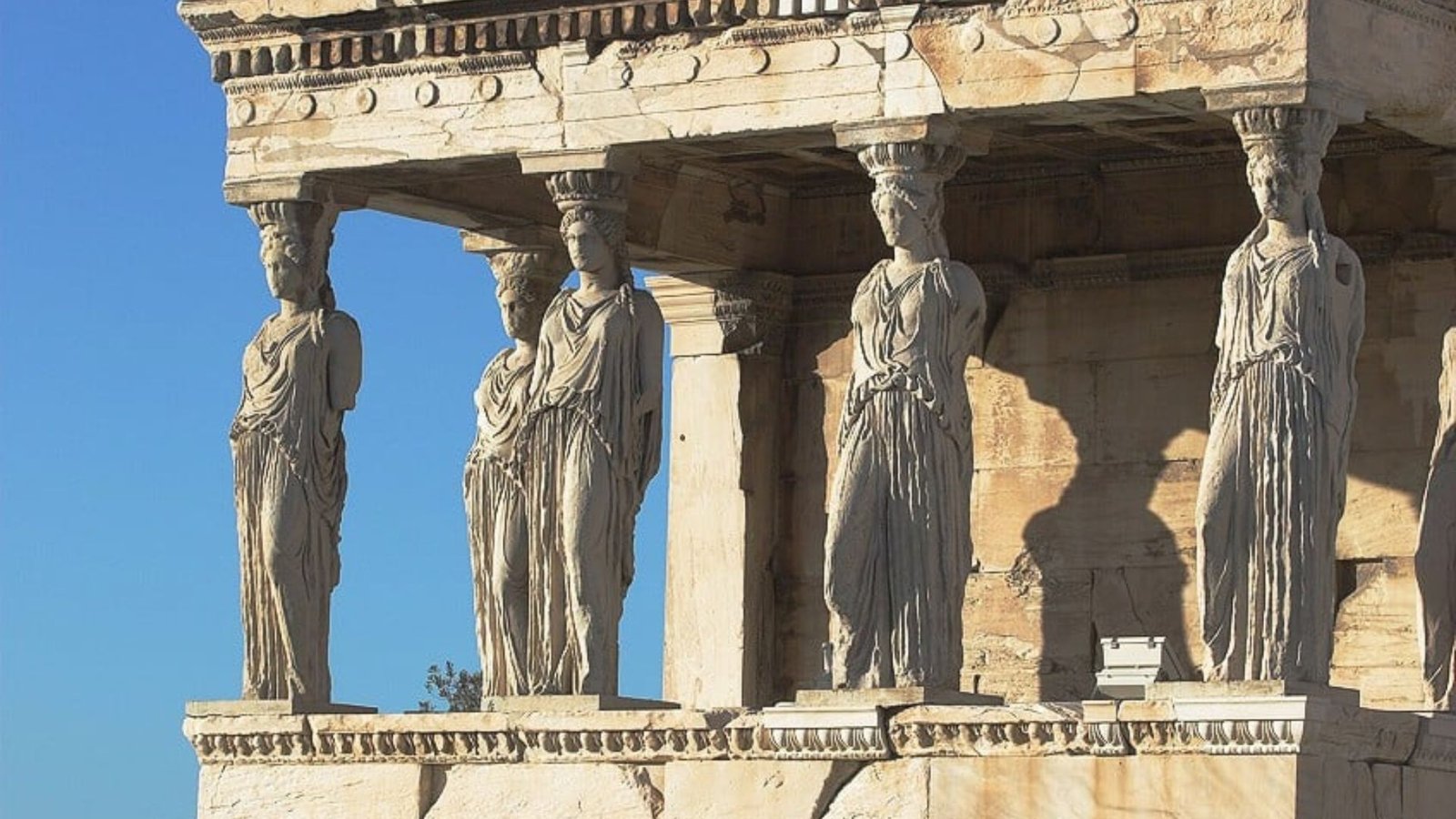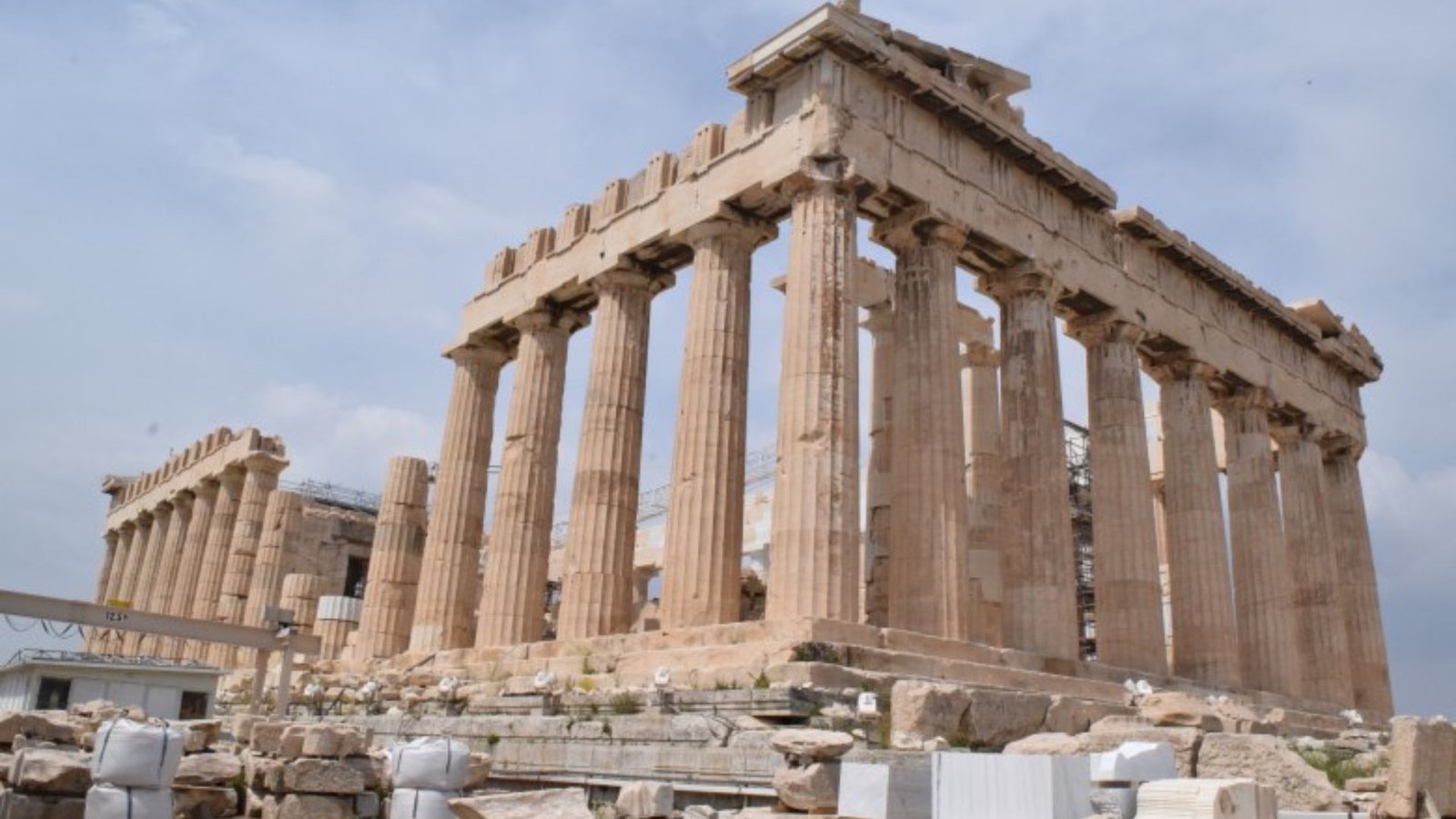Architectural Movements Throughout History
Have you ever wondered how architecture has changed over the centuries? From the grandeur of ancient temples to the sleek lines of modern skyscrapers, architecture has evolved through various movements that reflect both cultural shifts and technological advancements. Let’s journey through time and explore some of the most significant architectural movements that have shaped our built environment.
Ancient Architecture: Foundations of Form and Function
Ancient civilizations laid the groundwork for architectural principles that endure to this day. In Mesopotamia and Egypt, architecture centered around religious and monumental structures like ziggurats and pyramids. These early builders focused on durability and symbolism, using stone and mud bricks to create structures that would stand the test of time.

Classical Architecture: Harmony and Proportion in Antiquity
Transitioning to ancient Greece, we witness the birth of classical architecture. Characterized by harmony, balance, and proportion, Greek temples such as the Parthenon exemplify the Doric, Ionic, and Corinthian orders. These architectural styles emphasized aesthetic perfection and the glorification of gods, influencing architectural trends throughout the Mediterranean.
Roman Mastery: Engineering Marvels and Urban Planning
Building upon Greek principles, Roman architecture emphasized grandeur and functionality. The Romans perfected arches, domes, and concrete, enabling the construction of vast public spaces like the Colosseum and aqueducts that facilitated urban development. Roman cities became showcases of engineering prowess and urban planning, setting standards that would influence architecture across Europe for centuries.
Medieval Marvels: Faith, Fortresses, and Gothic Grandeur
During the Middle Ages, architecture became intertwined with religious fervor and military necessity. Romanesque architecture, characterized by thick walls, rounded arches, and small windows, dominated early medieval Europe. However, the Gothic movement later emerged with its pointed arches, ribbed vaults, and expansive stained glass windows, epitomized by cathedrals like Notre Dame de Paris. Gothic architecture reflected a spiritual intensity and technical innovation that transformed Europe’s skyline.
Renaissance Revival: Rebirth of Classical Ideals
The Renaissance brought a revival of classical architecture’s ideals in Europe during the 14th to 17th centuries. Inspired by ancient Roman and Greek forms, Renaissance architects such as Andrea Palladio and Filippo Brunelleschi championed symmetry, proportion, and the use of columns and domes. Renaissance palaces, churches, and public buildings celebrated humanism and the arts, marking a significant departure from the medieval styles that preceded them.
Baroque and Rococo: Drama and Ornamentation
In the 17th and 18th centuries, Baroque and Rococo styles emerged as bold reactions to the restraint of Renaissance architecture. Baroque architects like Bernini and Borromini created dynamic, theatrical spaces characterized by dramatic lighting, curving forms, and intricate ornamentation. Rococo, meanwhile, focused on delicate details, asymmetry, and the use of pastel colours. Hence, reflecting a lighter and more playful aesthetic in palaces and salons across Europe.
Neoclassicism: Enlightenment and Order
As Europe entered the Enlightenment era in the 18th century, Neoclassical architecture sought to revive the classical ideals of ancient Greece and Rome. Architects like Robert Adam and Étienne-Louis Boullée emphasized simplicity, symmetry, and rationality in their designs.
Industrial Revolution: Technological Innovation and Urban Transformation
The 19th-century Industrial Revolution brought about profound changes in architecture. Advances in materials like iron and steel allowed for the construction of taller buildings, such as the Eiffel Tower in Paris and the Crystal Palace in London. Architectural styles like the Beaux-Arts and Art Nouveau emerged. Therefore, embracing new materials and celebrating craftsmanship and decorative arts alongside industrial progress.
Modernism: Functionality and Minimalism
By the early 20th century, Modernism emerged as a rejection of historical ornamentation and a celebration of function and simplicity. Architects like Le Corbusier and Ludwig Mies van der Rohe embraced clean lines, open spaces, and the use of new materials like reinforced concrete and glass. Modernist buildings such as the Bauhaus in Germany and the Seagram Building in New York City reflected a belief in the transformative power of design and its potential to shape a better future.
Postmodernism and Beyond Diversity and Expression
From the late 20th century onwards, architecture became increasingly diverse and experimental. Postmodern architects like Frank Gehry and Zaha Hadid rejected the rigid doctrines of Modernism, embracing playful forms, historical references, and cultural symbolism in their designs.
Conclusion
Throughout history, architectural movements have reflected the aspirations, beliefs, and technological capabilities of their times. From the monumental constructions of ancient civilizations to the futuristic designs of today, each movement has left its mark on the built environment. As we look to the future, the evolution of architecture remains a dynamic dialogue between tradition and innovation. Hence, shaping the cities and structures that define our world.



